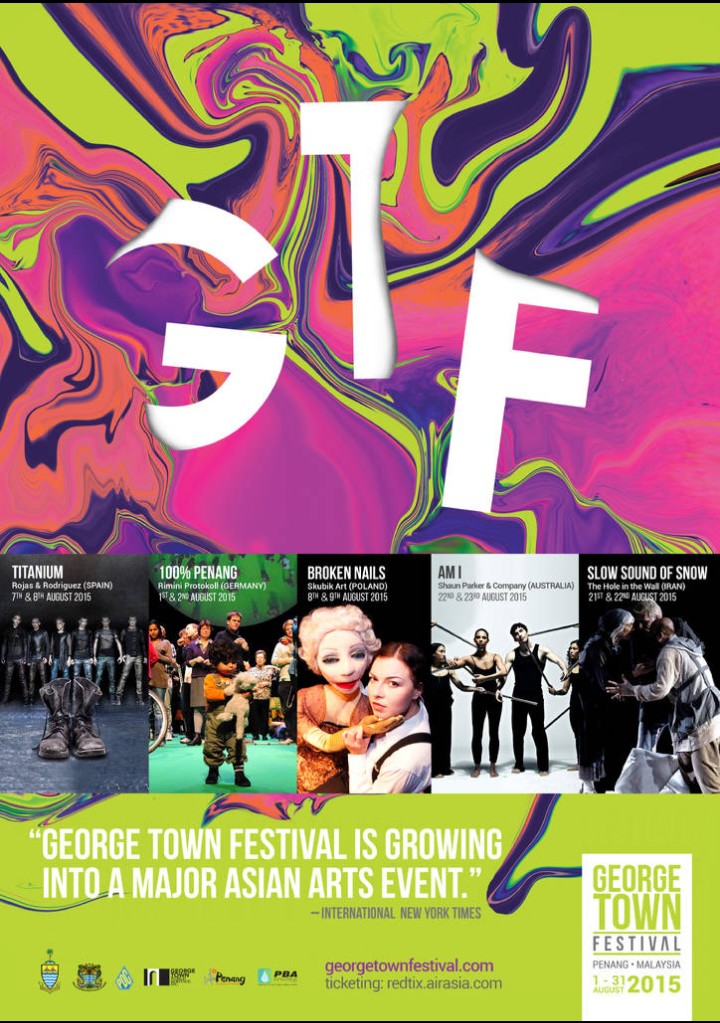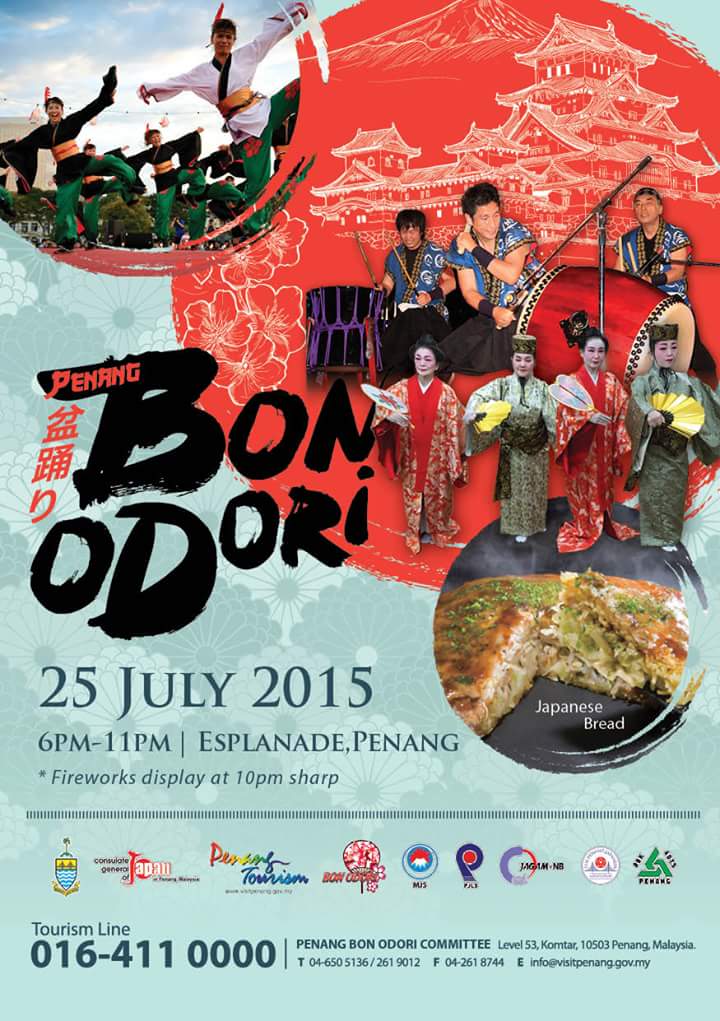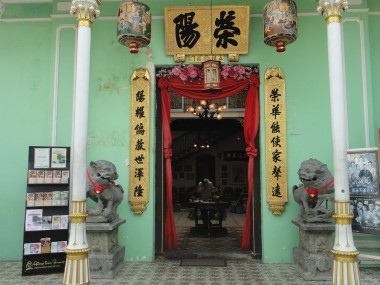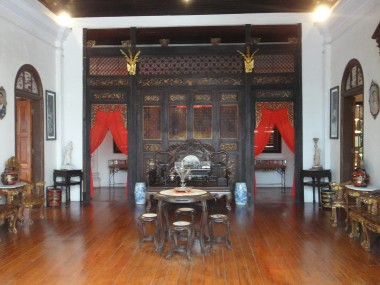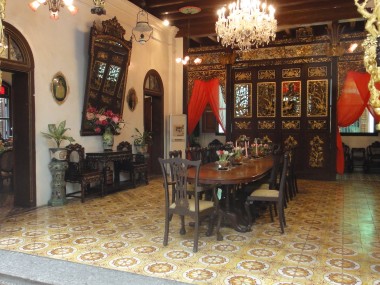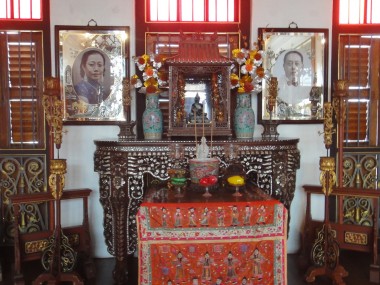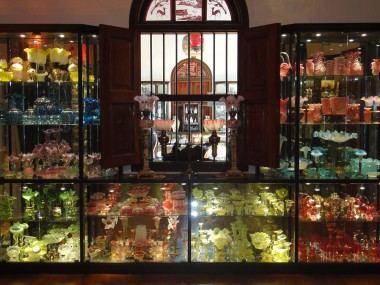All posts in Cultural
9 PostsThai Menora Dance @ Siamese Village, Pulau Tikus
Leong San Tong Khoo Kongsi Temple
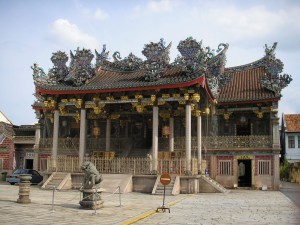 Commonly known as Khoo Kongsi Temple, Leons San Tong Khoo Kongsi Temple is one of the one of the most distinctive Chinese clan associations in Malaysia. It is well known worldwide for its extensive lineage that can be traced back 650 years, as well as its closely-knit and defensive congregation of buildings and a magnificent clanhouse. It is located at Cannon Square in George Town, Penang.The clan temple consists of two floors, the ground floor and the top floor. The ground floor was previously occupied by the Toon Boon Tong, or the Parentage Society, which was founded in 1884. Nowadays, it is used as the Khoo Kongsi Clan Museum. To the left of the museum is a small giftshop.
Commonly known as Khoo Kongsi Temple, Leons San Tong Khoo Kongsi Temple is one of the one of the most distinctive Chinese clan associations in Malaysia. It is well known worldwide for its extensive lineage that can be traced back 650 years, as well as its closely-knit and defensive congregation of buildings and a magnificent clanhouse. It is located at Cannon Square in George Town, Penang.The clan temple consists of two floors, the ground floor and the top floor. The ground floor was previously occupied by the Toon Boon Tong, or the Parentage Society, which was founded in 1884. Nowadays, it is used as the Khoo Kongsi Clan Museum. To the left of the museum is a small giftshop.
George Town Festival 2015
George Town Festival is an annual, month-long celebration of arts, culture, heritage and community. Inaugurated in 2010 in honour of George Town’s designation as a UNESCO World Heritage Site, the festival transforms the city into a global stage, showcasing world-class performances, installations and collaborations from international and local artists alike. With over one hundred intriguing events each year, the festival seeks to create new and vibrant connections between the traditional and the contemporary, the past and the future.
Since its inception, George Town Festival has grown to become a unique platform for culture and the arts in Penang and Southeast Asia. By focusing on the core tenants of Collaboration, Community, Reinvention and Accessibility – combining George Town’s distinctive perspectives with an international outlook – the festival annually brings the best possible experience to hundreds of thousands of locals and visitors. Having earned international accolades for its impressive roster of worldwide performers, the festival is quickly becoming one of Asia’s must-see events.
George Town Festival 2015 will take place over the entire month of August.
For information, visit www.georgetownfestival.com
Sri Marriamman Temple
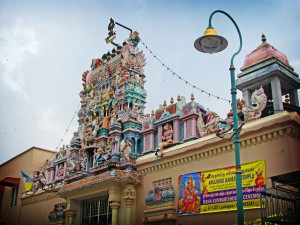 Positioned in George Town Penang is the primogenital Hindu temple in Malaysia, the Arulmigu Sri Mahamariamman Temple . Built in 1833, the temple features sculptures of gods and goddesses over its main entrance and frontage. It is specifically located at Lebuh Queen, George Town. It is also known as Mariamman Temple or Queen Street Indian Temple. The temple is open daily from 6.30 am – 12.00 noon and 4.30 pm – 9.00 pm. It became a place of worship as early as 1801 and became a temple on 1833. It has stood at the same place for more than 200 years. The word Mariamman come from two words: “Mari” meaning “power” and “amman” meaning “mother”. Maha stands for great. So this Mahamariamman temple tells you, it houses the great powerful mother. And some Indians considers Sri Mariamman to be the mother of Lord Ganesha and Lord Muruga. So to many locals, when asks which temple they are going, some simply said “Amman Temple”. It is a place to visit by locals and foreigners alike as it a beauty from the deep.
Positioned in George Town Penang is the primogenital Hindu temple in Malaysia, the Arulmigu Sri Mahamariamman Temple . Built in 1833, the temple features sculptures of gods and goddesses over its main entrance and frontage. It is specifically located at Lebuh Queen, George Town. It is also known as Mariamman Temple or Queen Street Indian Temple. The temple is open daily from 6.30 am – 12.00 noon and 4.30 pm – 9.00 pm. It became a place of worship as early as 1801 and became a temple on 1833. It has stood at the same place for more than 200 years. The word Mariamman come from two words: “Mari” meaning “power” and “amman” meaning “mother”. Maha stands for great. So this Mahamariamman temple tells you, it houses the great powerful mother. And some Indians considers Sri Mariamman to be the mother of Lord Ganesha and Lord Muruga. So to many locals, when asks which temple they are going, some simply said “Amman Temple”. It is a place to visit by locals and foreigners alike as it a beauty from the deep.
The Pinang Peranakan Mansion
The Pinang Peranakan Mansion is situated 29, Church Street, Georgetown. The mansion is a paid homage to the Peranakans, also known as the Babas and Nyonyas, who was a prominent community of acculturated Chinese which is quite unique to this part of the world, especially in the Straits Settlements (Penang, Malacca and Singapore) .At the Pinang Peranakan Mansion, the typical home of a rich Baba of a century ago is recreated to offer a glimpse of their lavish lifestyle and of their many customs and traditions. With over 1,000 pieces of antiques and collectibles of the era on display, this Baba-Nyonya museum is also housed in one of Penang’s heritage mansion of extensive design and architecture. Built at the end of the 19th century by one of local history’s famous personalities, the ‘Hai Kee Chan’ or Sea Remembrance Store which has once served as the residence and office of Kapitan Cina Chung Keng Kwee. Though not a Baba himself, his Chinese courtyard house was much like a typical large Baba home of eclectic style, incorporating Chinese carved-wood panels and English floor tiles and Scottish ironworks. Having survived the many decades of neglect and decay, the mansion has now been restored to its former glory of a stately home as a museum for tourist and the locals.

